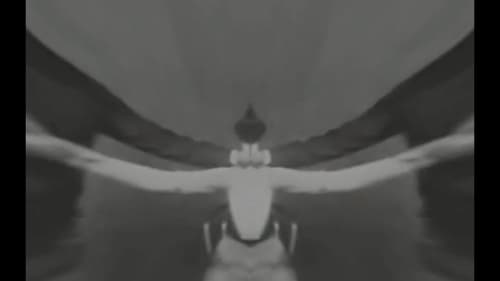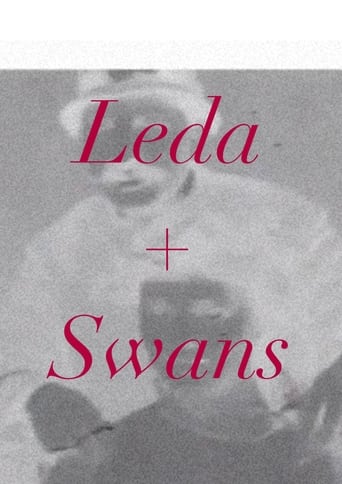Leda + Swans
“Leda + Swans” depicts an infernal, mythic birth of cinema, dredging the violence and horror from Wallace McCutcheon’s comic short film “Photographing a Female Crook” (1904). Leda, who may or may not be a falsely accused young woman, is brought in for a mugshot by two officers. She first attempts to avoid the camera’s gaze, and, when overpowered and manhandled, contorts her face to ruin the photograph. However, her small rebellion proves futile; she was already being recorded, objectified, mapped, and co-opted by the Godhead of the director. As her body and image are repurposed and transmuted ad infinitum, the filmic universe also explodes into a supernova. What is born out of this suffering and manipulation is another example of our sublime medium and modern muse. She will not be last the Leda, and she may not even be the first. Who is the guilty party here? Is beauty a chimera in traditional cinema? Has the ephemeral cinema of the attractions and distractions era gone anywhere? “Leda + Swans” depicts an infernal, mythic birth of cinema, dredging the violence and horror from Wallace McCutcheon’s comic short film “Photographing a Female Crook” (1904). Leda, who may or may not be a falsely accused young woman, is brought in for a mugshot by two officers. She first attempts to avoid the camera’s gaze, and, when overpowered and manhandled, contorts her face to ruin the photograph. However, her small rebellion proves futile; she was already being recorded, objectified, mapped, and co-opted by the Godhead of the director. As her body and image are repurposed and transmuted ad infinitum, the filmic universe also explodes into a supernova. What is born out of this suffering and manipulation is another example of our sublime medium and modern muse. She will not be last the Leda, and she may not even be the first. Who is the guilty party here? Is beauty a chimera in traditional cinema? Has the ephemeral cinema of the attractions and distractions era gone anywhere? “Leda + Swans” depicts an infernal, mythic birth of cinema, dredging the violence and horror from Wallace McCutcheon’s comic short film “Photographing a Female Crook” (1904). Leda, who may or may not be a falsely accused young woman, is brought in for a mugshot by two officers. She first attempts to avoid the camera’s gaze, and, when overpowered and manhandled, contorts her face to ruin the photograph. However, her small rebellion proves futile; she was already being recorded, objectified, mapped, and co-opted by the Godhead of the director. As her body and image are repurposed and transmuted ad infinitum, the filmic universe also explodes into a supernova. What is born out of this suffering and manipulation is another example of our sublime medium and modern muse. She will not be last the Leda, and she may not even be the first. Who is the guilty party here? Is beauty a chimera in traditional cinema? Has the ephemeral cinema of the attractions and distractions era gone anywhere? “Leda + Swans” depicts an infernal, mythic birth of cinema, dredging the violence and horror from Wallace McCutcheon’s comic short film “Photographing a Female Crook” (1904). Leda, who may or may not be a falsely accused young woman, is brought in for a mugshot by two officers. She first attempts to avoid the camera’s gaze, and, when overpowered and manhandled, contorts her face to ruin the photograph. However, her small rebellion proves futile; she was already being recorded, objectified, mapped, and co-opted by the Godhead of the director. As her body and image are repurposed and transmuted ad infinitum, the filmic universe also explodes into a supernova. What is born out of this suffering and manipulation is another example of our sublime medium and modern muse. She will not be last the Leda, and she may not even be the first. Who is the guilty party here? Is beauty a chimera in traditional cinema? Has the ephemeral cinema of the attractions and distractions era gone anywhere?



 AD
AD